Makita SP6000 Guide Rail Connector with wrench for use with Makita guide rails and other select competitor rails
$24.00
Connect a limitless number of guide rails for long cuts with this efficient Makita Guide Rail Connector. Durable steel construction for long life.
In stock
Description
The Makita 55 in. Guide Rail Connector (194638-5) is designed to join guide rails together in order to make longer cuts while maintaining the desired accuracy. The connectors install quickly with an included wrench for convenience. Crafted with long-lasting steel, these versatile connectors work with Makita guide rails as well as select competitor rails.
- Designed for joining guide rails to make longer, dead-on cuts
- Compatible with Makita 55 in. guide rails and certain select competitor rails
- Durable steel construction for long life
- Includes wrench to secure connector to rails
WARNING: This product can expose you to chemicals including arsenic, which is known to the State of California to cause cancer. For more information, go to www.P65Warnings.ca.gov
Additional information
| Weight | .406 lbs |
|---|---|
| Dimensions | 1.50 × 1.00 × 14.75 in |
| Bench & Stationary Tool Type | Accessory |
| Ideally Used With | Circular Saws |
| Model | P-45777 |
| Tools Product Type | Power Tool |
Reviews (5)
5 reviews for Makita SP6000 Guide Rail Connector with wrench for use with Makita guide rails and other select competitor rails
Only logged in customers who have purchased this product may leave a review.
Related products
Woodworking Tool Accessories
Model# DR62XXXWoodworking Tool Accessories
Model# DR34128Woodworking Tool Accessories
Model# 48-08-0260Woodworking Tool Accessories
Model# DR64100Woodworking Tool Accessories
Model# DR04108Woodworking Tool Accessories
Model# DR30110Woodworking Tool Accessories
Bosch 3-1/4 in. Tungsten Carbide Woodrazor Planer Blades for Cutting Wood (2-Pack)
Model# PA1202Woodworking Tool Accessories
Milescraft 1-1/2 in. Horizontal Sign Making Letter and Number Set (42-Piece)
Model# 2202


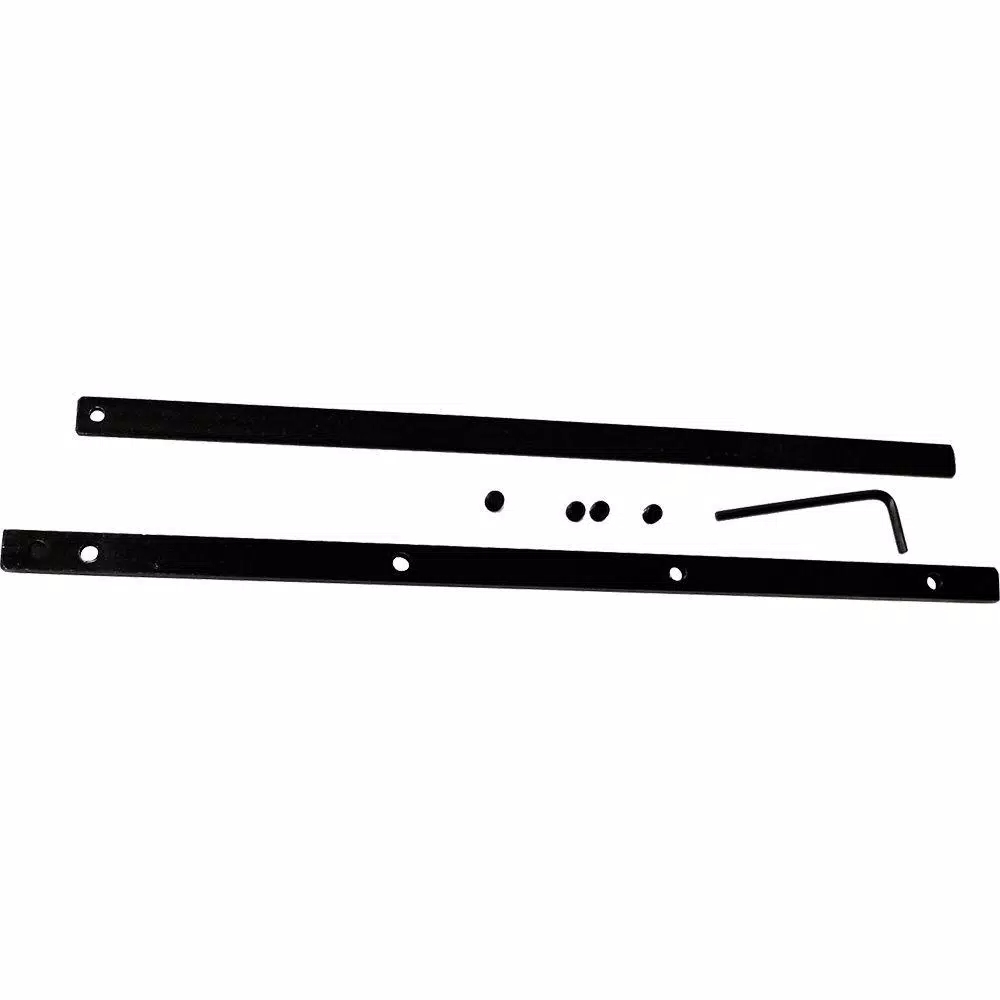
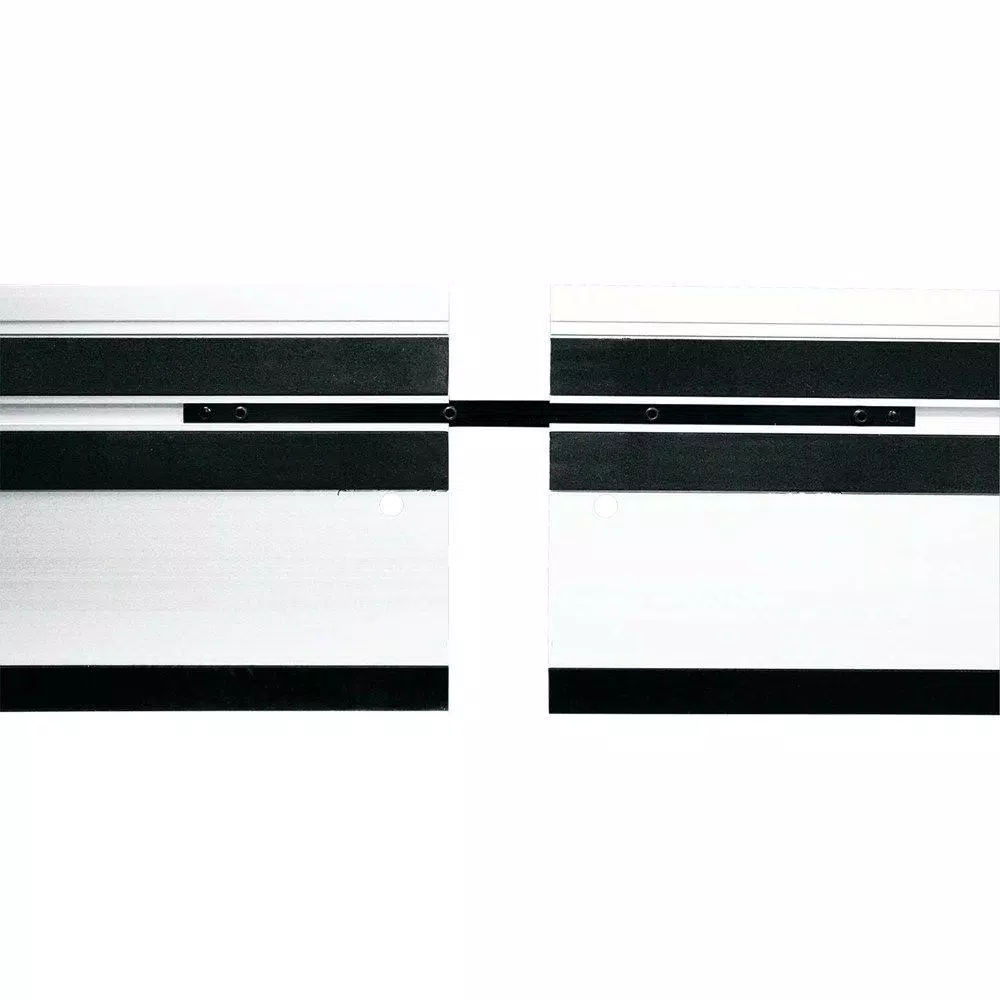
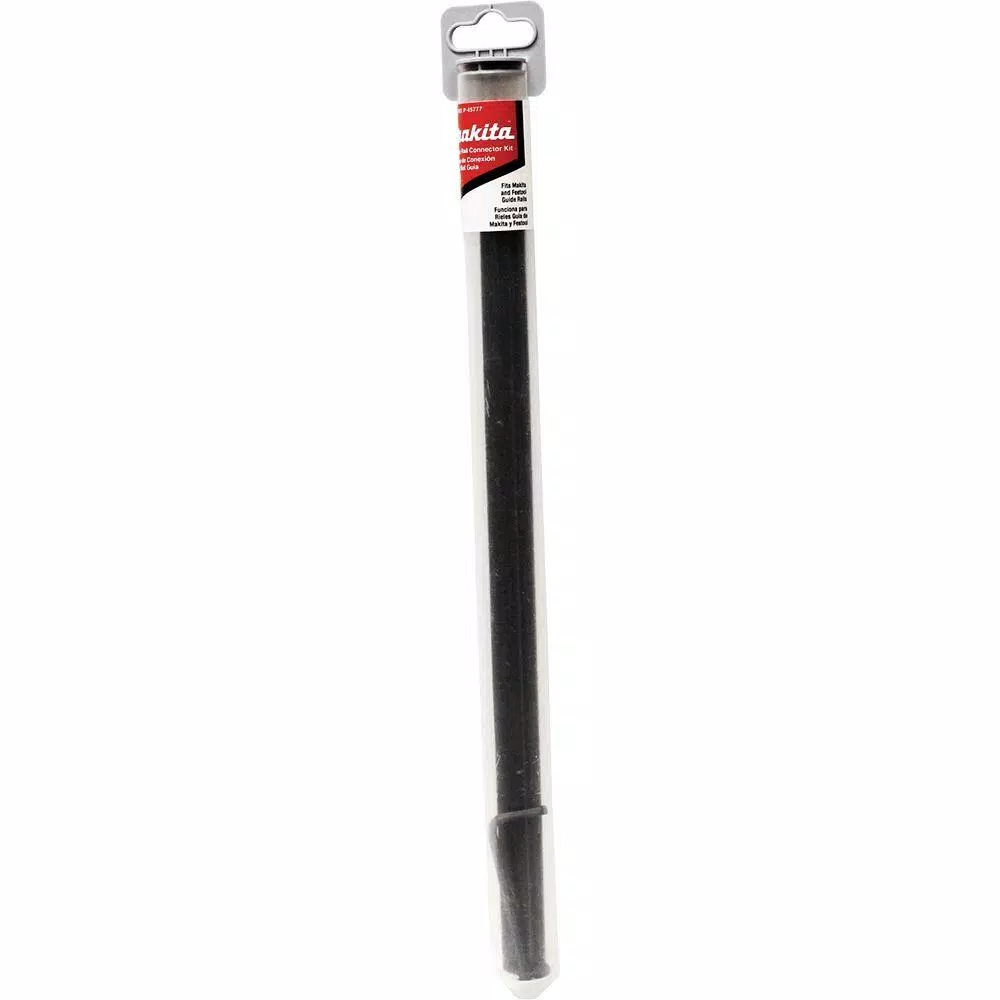
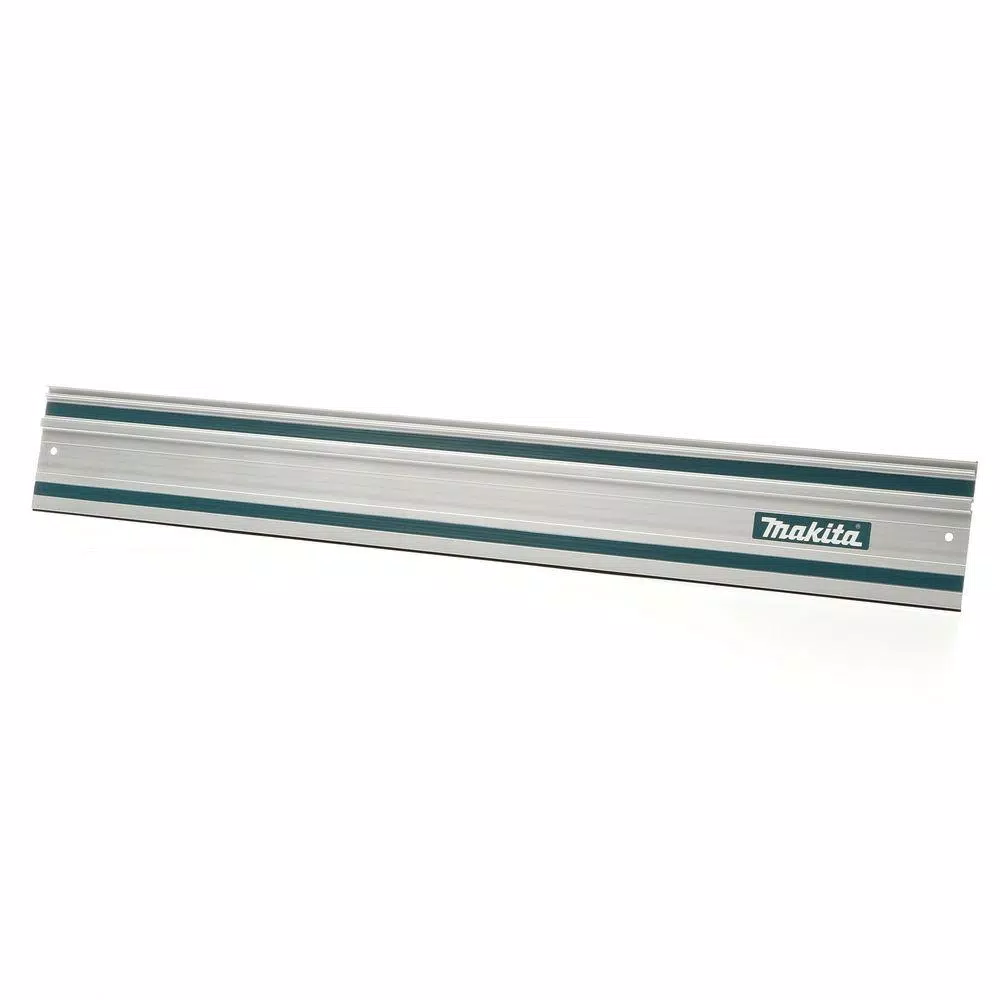
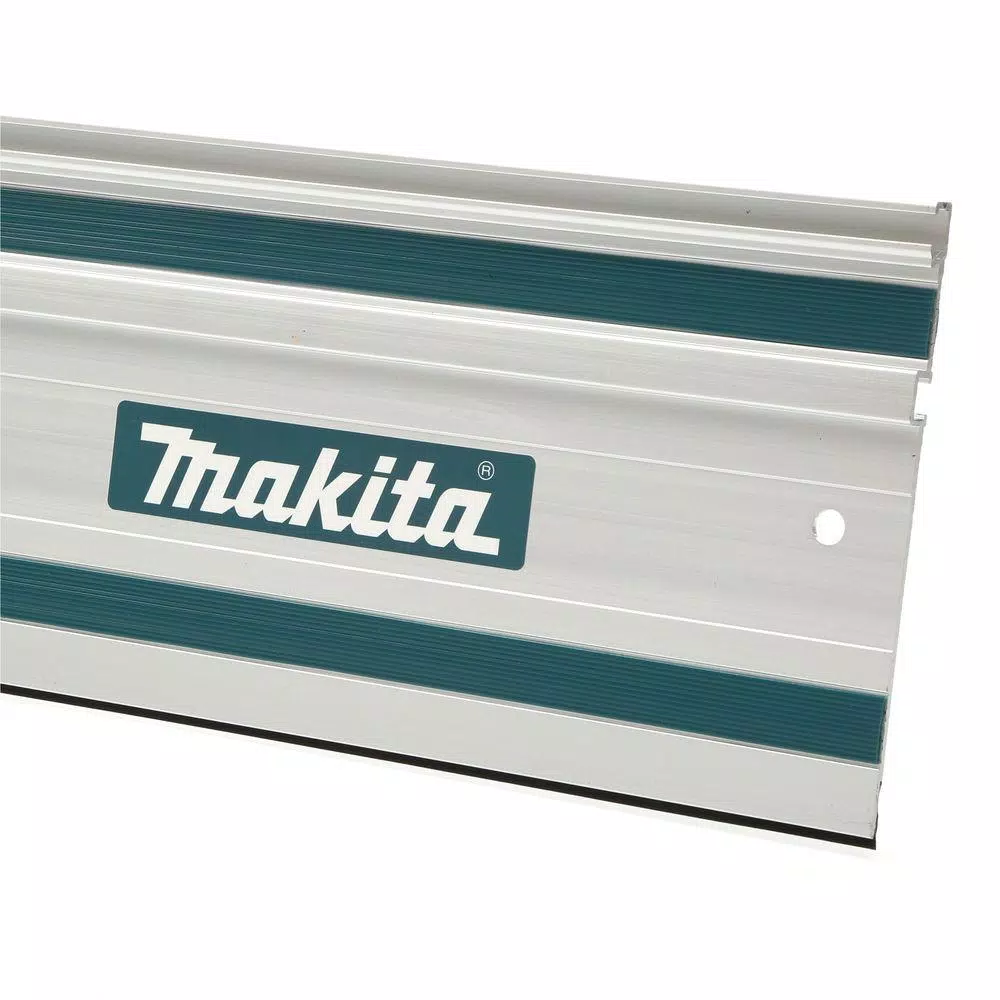
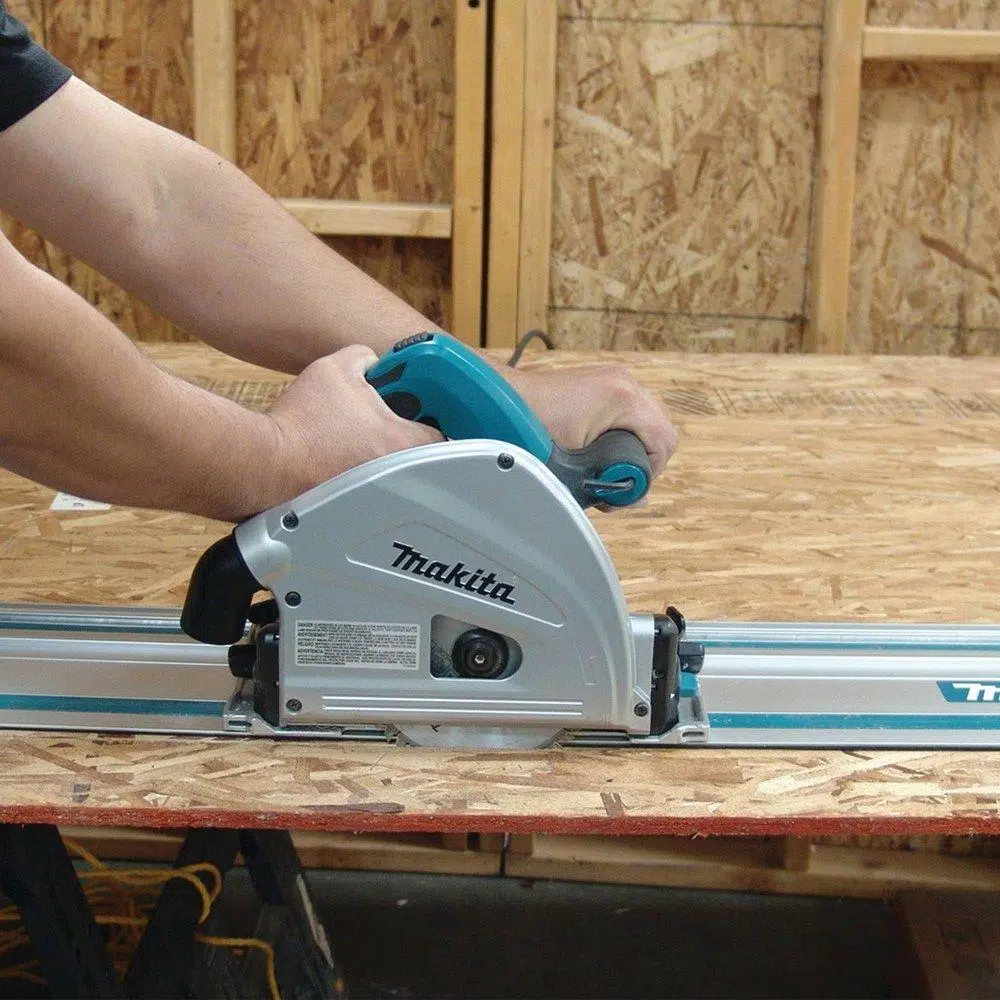
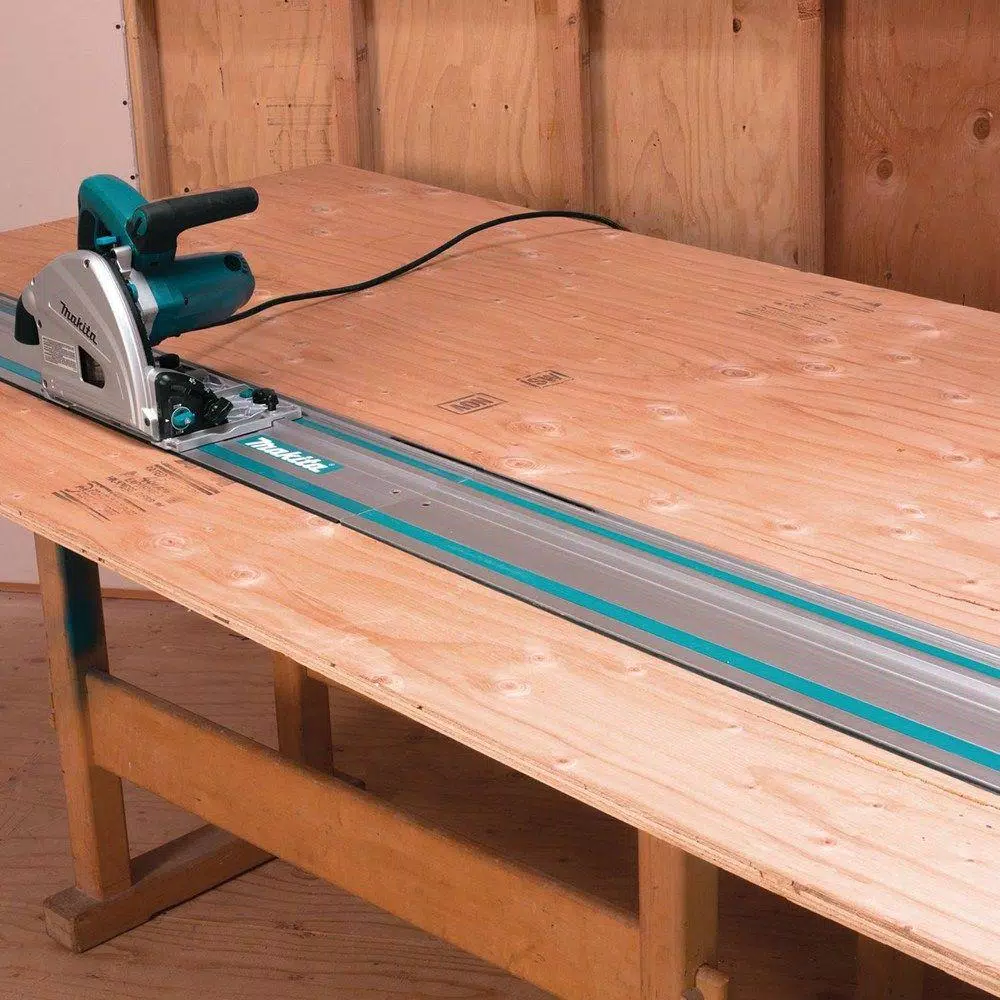
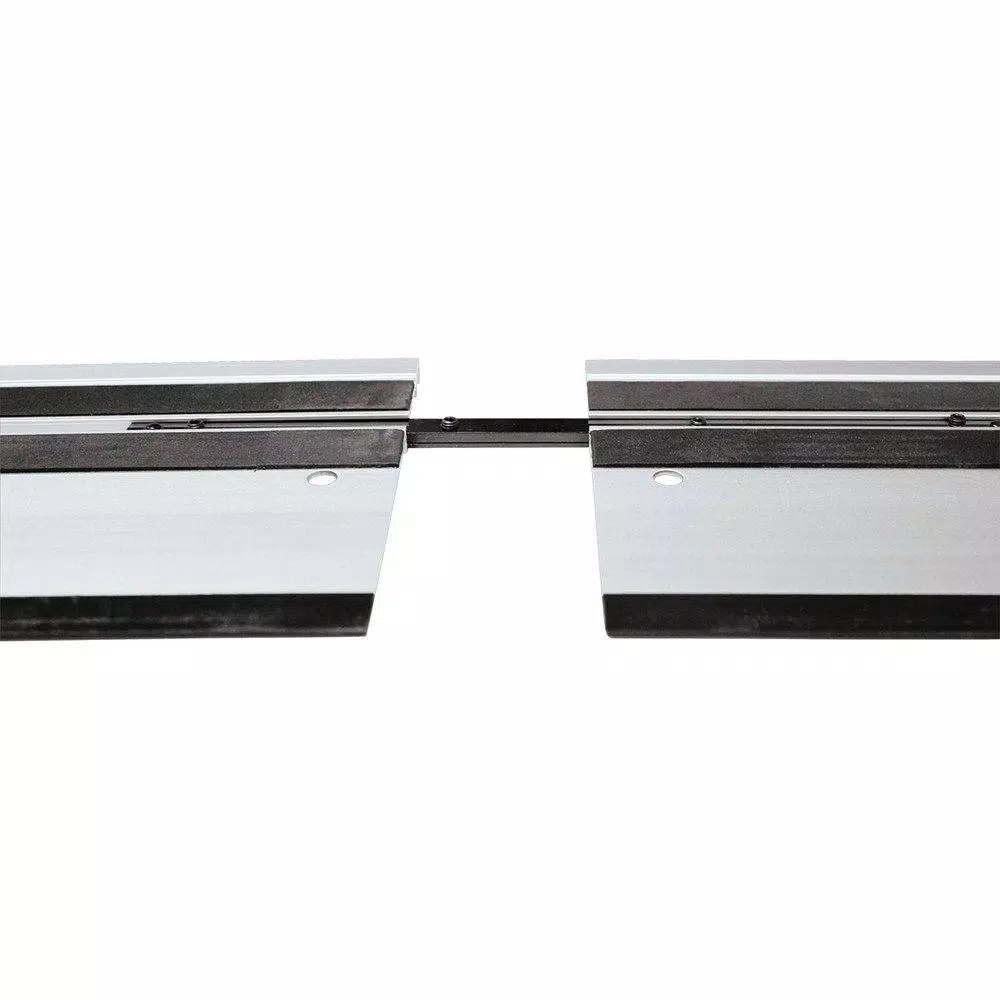
























Evalyn Considine (verified owner) –
works great
Antonia Parker (verified owner) –
Works good, but since it requires 2 they should be sold as a pair. $50 is a bit high but you’ve gotta have them so what can you do?
Alaina Huel (verified owner) –
Better than Festool. Even for Festool owners!While last time I looked the Festool Guide Rail Connector only employed a single strip with setscrews bearing against the inside of the actual $$$ aluminum Guide Rail track. Points of the the setscrews obviously damaging the backside of the track when tightening too tight, OR allowing the tracks to slip apart if not tight enough.(I understand a Festool claim that they use slot-head screws so that not too much damage can be done to the track).On the other hand, the Makita design employs a two-piece strip connector (see above picture). One strip with headless hex setscrews embedded and the other a matching solid rail connector to back-up and distribute the setscrews clamp load. Providing a mechanical, non-slip guide rail connection.OK, so it is about $4.00 more than the Festool connector (recommendation by both Festool and Makita use 2 connectors per rail). But if you already spent this much on rails you want the best connection, and with less damage.With the ability to tighten the rail clamp sections more securely, and if you only occasionally use/cut with the connected two rails (ie: not transport connected sections, which you should NEVER do no matter who’s product.) You might easily get away with only ONE mechanical connected rail pair (on the underside of the tracks (Festool or Makita) to assure left/right alignment..As with ALL JOINED rail systems. Find some way to back-up the opposing side of the rails with an additional board and clamp to prevent a rail shift cutting into the “good” side of your cut.My recommendation for ANY joined rails “measure twice, clamp three times (start, back-up and end of rail).PS for Festool owners. First replacement of your splinterguard; consider using the Makita black splinterguard it is much stiffer and more effective that the softer “clear” Festool splinterguard. And interchangeable.PPS TO ALL TRACKSAW USERS: Clamping BOTH ends of the track to the material is imperative to any material that you don’t want to waste material on a bad cut. I know Tommy (sorry, I love what you do) occasionally show a tracksaw rail simply laid across a sheet of stock, but that will not stop it from shifting left or right as you hand coaxes it. USE A CLAMP on both ends of the board. {Measure twice clamp three times}ALSO: Check out the Black and Decker Track Clamp (DWS5026) made by Irwin (?) easy to use and has a soft rubber backup pad (no obvious round “ding” in the back of your materiel. Fits all rails.
Kim Hodkiewicz (verified owner) –
I bought this as a replacement for the Festool rail connectors. It works the same as the Festool version but has 2 improvements. The set screws are clamping against the second strip and the set screws have a hex drive. The Festool screws have a slit and you could slip out of it when tightening.There were no instructions, 5 set screws and 4 threaded holes plus a smooth hole so it may be confusing. A simple sketch could be handy and keeps the guessing out.It also should be mentioned that you need a set of 2. The picture as not clear enough to show it is just one connector.
Antonietta Christiansen (verified owner) –
First and foremost, you will need 2 sets of these to connect two 55″ rails to be safe .One set and you risk bending your tracks when moving your track to a new cutting position. Product description does not state this! Since I bought two 55″ rails for travel ( one 118″ too long for transport) and the Makita case to hold them I thought I could get by spending less on the Festool connectors which utilize a slotted screwdriver Allen screws instead of the Allen wrench Allen screws Makita uses. Th e Festool do work, but each time you assemble, the slotted Allen heads mar the inside of track. The Makita does not damage the track as it is composed of 2 flat bars and the Allen screws simply spread the bars apart when tightening. Allen wrench vs. simple slotted screwdriver, but I am sending back Festool connectors because I don’t want to damage my tracks every time I assemble into a longer track. I only give 4 stars because they don’t tell you that 2 sets are needed AND because you risk losing a tiny Allen wrench.